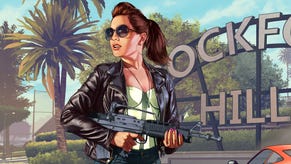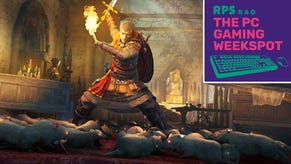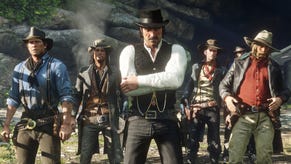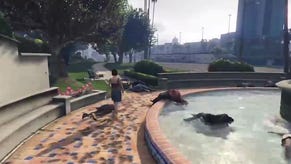Dailly News: GTA's Original Design Document
Mike Dailly, one of the key men behind Lemmings and Grand Theft Auto, has just posted the design documents for the original GTA on his Flickr pages. Race'n'Chase, as it was originally intended to be called, began life on the 25th January 1995 in a design doc authored by K. R. Hamilton. The version posted is 1.05, from 22nd March, explaining how the multiplayer racing game would perhaps also feature a cops and robbers mode. And it makes for excellent reading.
The initial description is almost unrecognisable.
"The aim of Race'n'Chase is to produce a fun, addictive and fast multi-player car racing and crashing game which uses a novel graphics method."
However, other features are more familiar.
"There will 3 cities [sic] with a different graphical style for each city (e.g. New York, Venice, Miami). There will be many different missions to be played in each city. This is so that players can get to know the routes through a particular city. In each game type, it will be possible to progress to different cities only when certain goals have been attained."
And its naughty ways were there from the start, too.
"Players will be able to drive cars and possibly other vehicles such as boats, helicopters or lorries. Cars can be stolen, raced, collided, crashed (ramraiding ?) and have to be navigated about a large map. It will also be possible for players to get out of their car and steal another one. This will mean controlling a vulnerable pedestrian for a short time. Trying to steal a car may result in an alarm being set off which will, of course, attract the police."
Originally the game was going to feature four modes, Cannonball Run (a straight race across the city), Demolition Derby (aiming to cause as much damage to other players as possible), Bank Robbery (Robber) (driving a getaway car and trying to escape the police, committing as many crimes as possible), and Bank Robbery (Cop) (controlling the police, chasing after the getaway car). These was all themed around the game's intention to be multiplayer at core, played across a network on PC, and with two people at the same console. The top-down perspective was in there from the start, with the camera able to zoom in and out automatically, along with discussions over the correct control method for such an angle.
A rather bold "end of project" date was set for just a year and three months after its start date, aiming for 1st July 1996. The game would originally take twice that long to make, eventually reaching us in October 1997.
Take a look at the rest of the details. And a big thanks to Dartt for alerting us.









